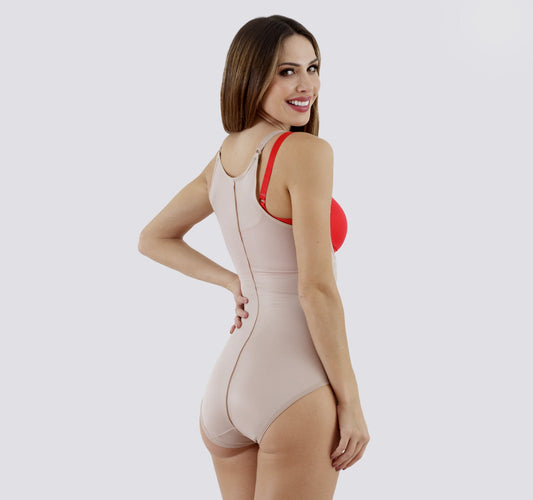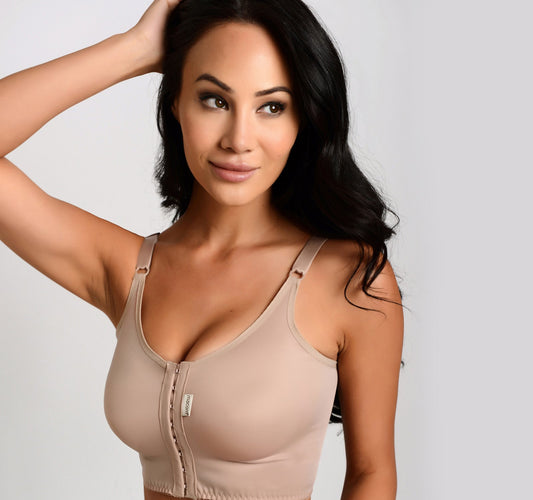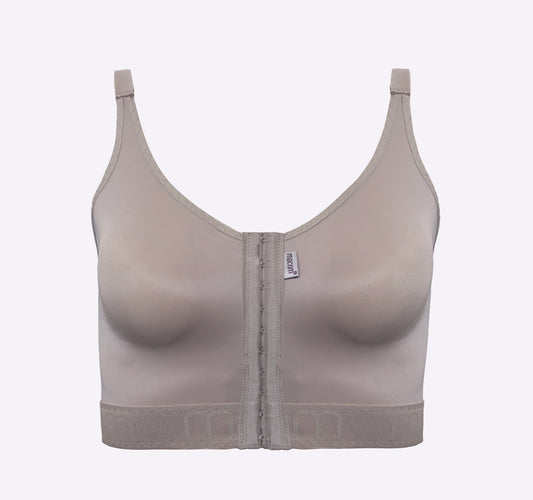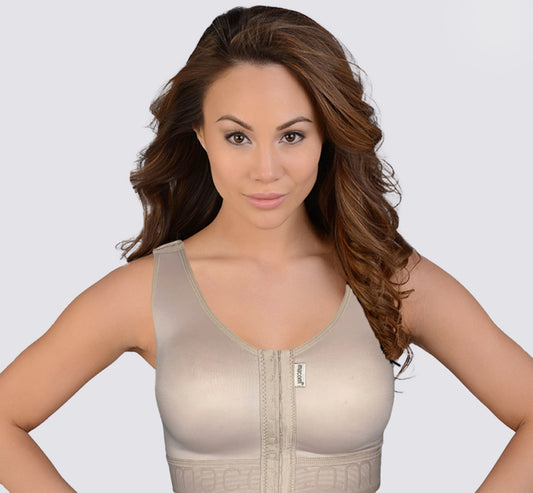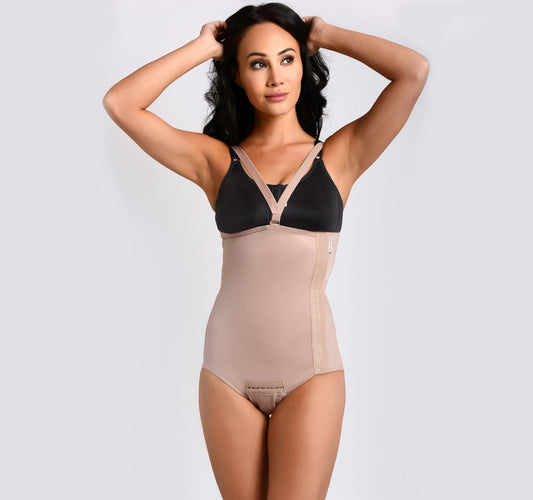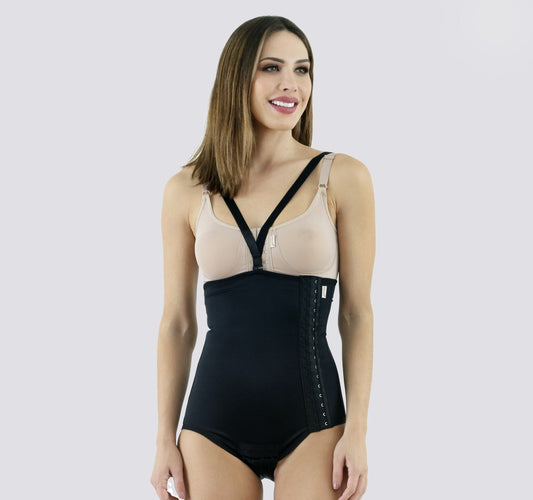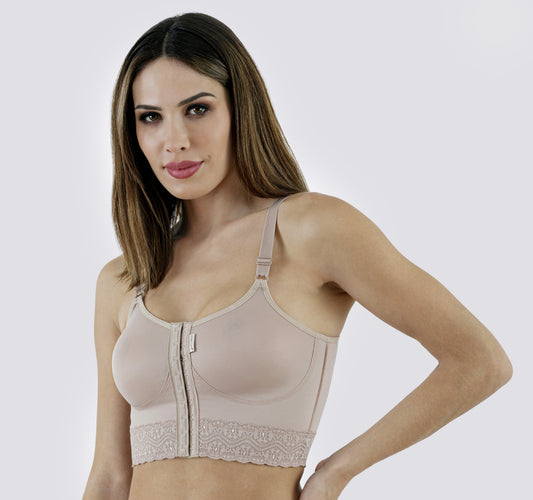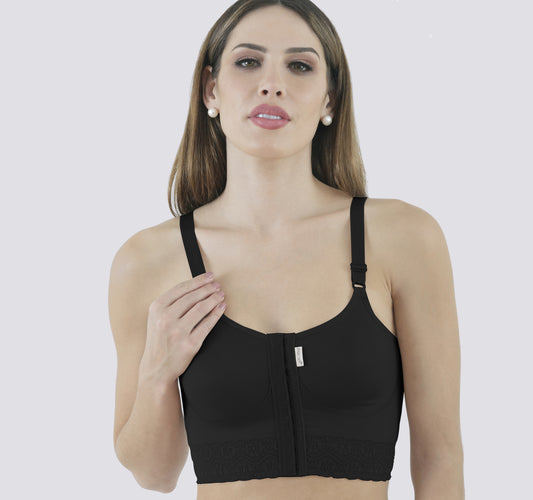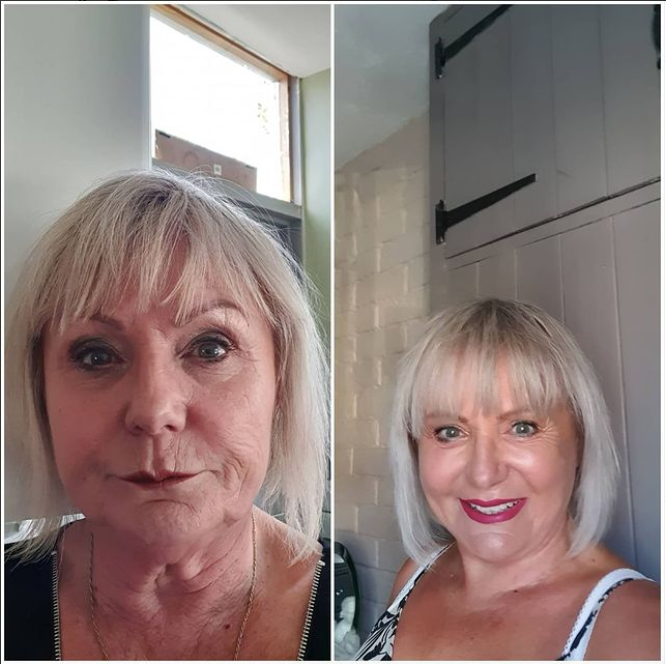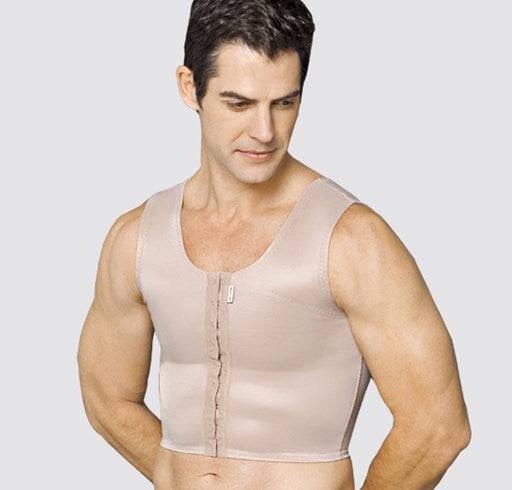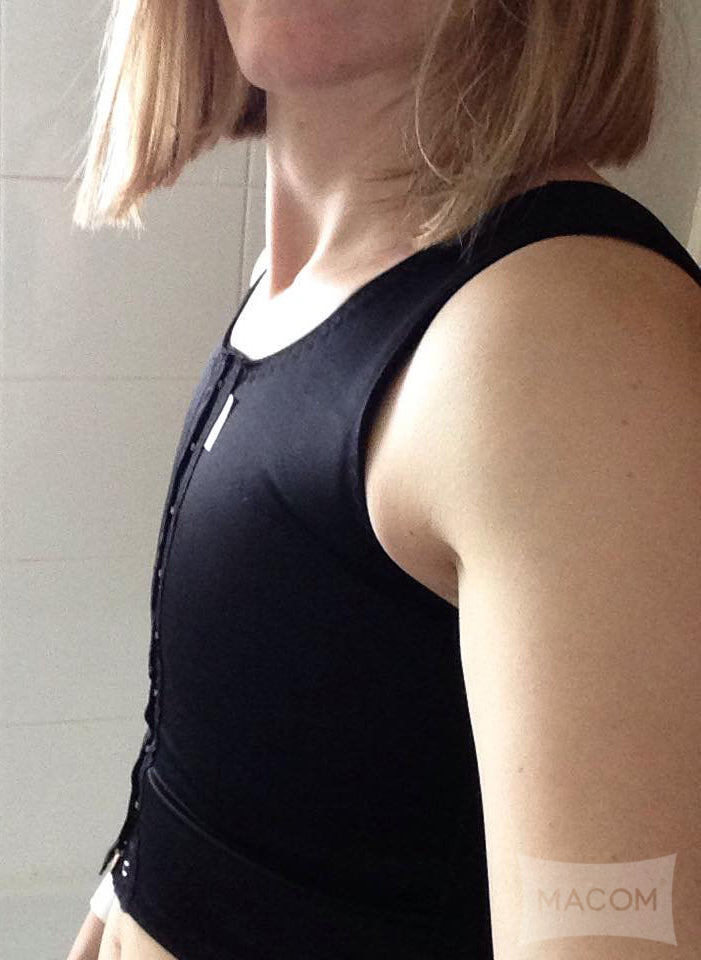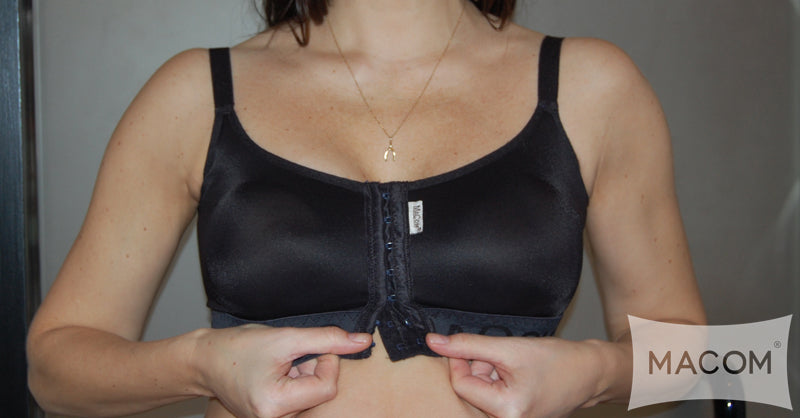Facelift surgery, or rhytidectomy, can deliver impressive results, but recovery is a journey that requires care, patience and the right post-surgical support.
In this guide, we break down everything you need to know about facelift recovery: from the timeline of healing and what to expect at each stage, to how and when to use specialist compression garments to aid your recovery. We’ll also answer some of the most frequently asked questions patients have about the healing process, so you can feel informed and prepared.
The Stages Of Facelift Recovery
While every patient’s experience is slightly different, facelift recovery generally follows a predictable timeline. Understanding each stage will help you know what’s normal, what to prepare for and when to expect visible improvements.
Immediate Post-Surgery (Day 1–2)
You’ll likely feel groggy and swollen immediately after waking from surgery. Most patients are able to go home the same day, but you’ll need someone to escort you and ideally stay with you for the first 24–48 hours. Your face will be bandaged, and you may be wearing a compression garment before you even leave the clinic. Bruising, swelling and tightness are entirely normal at this point.
Early Recovery (Days 3–7)
This is the most delicate phase of facelift recovery. Swelling and bruising typically peak around days 3–4 before beginning to subside. You’ll need to rest with your head elevated, avoid any bending or lifting, and strictly follow your surgeon’s care instructions. You’ll still be wearing your compression garment continuously during this period, as it plays a key role in reducing swelling and supporting healing tissues.
Visible Recovery (Week 2–3)
By the second or third week, swelling and bruising will start to ease noticeably. Many patients feel confident enough to go out wearing makeup or sunglasses to conceal any remaining signs of surgery. Stitches (if not dissolvable) are usually removed during this time. Although you may look and feel significantly better, full healing is still underway internally.
Return To Normal Life/Work (Weeks 3–6)
You’ll likely feel more like yourself and be ready to return to work and social activities, although some minor swelling or tightness may still be present. Any residual numbness or unusual sensations, such as tingling or slight firmness, are common and should continue to improve. At this stage of facelift recovery, you might still wear your compression garment part-time, especially overnight.
Long-Term Recovery (6 Weeks–6 Months)
During the longer-term recovery phase, your scars will continue to mature and fade – though they won't completely disappear. Numbness in the ears, cheeks or jawline may persist for several weeks or even months, but gradually improves. At this point, you’ll begin to see the full results of your facelift, with contours settling and softening into a natural appearance. If any concerns persist, such as lingering lumps or unusual sensations, it’s best to consult your surgeon for advice.
Best Facelift Recovery Compression Garments
Wearing the right post-surgical compression garment is one of the most important factors in achieving a smooth and swift facelift recovery. For optimal results, we recommend the following garments:

- Face Lifter – This is our most popular post-facelift compression garment. It provides targeted support around the jawline, cheeks and lower face. The Face Lifter helps to reduce swelling, improve circulation and support lymphatic drainage during recovery.

- Otoplasty Headband – Originally designed for ear surgery, this headband is also useful in facelift recovery, especially when there's involvement of the ears or for additional support around the sides of the head.
How To Use Your Facelift Compression Garment
You should begin wearing your compression garment as soon as your surgeon allows it, often immediately post-surgery or within the first 24 hours. It should be worn:
- Continuously (24/7) for the first 5–7 days, except when washing your face or showering.
- Day and night during the first two weeks, unless advised otherwise by your surgeon.
- Night-time only from week 3 onwards, or until you’re fully healed.
Our face lift compression garments are designed to be soft, breathable and latex-free, so you can wear them comfortably for extended periods. For best results, alternate between the Face Lifter and Otoplasty Headband if your recovery involves both lower face and ear areas.
How To Wear A Chin Strap After Your Facelift
The chin strap section of the Face Lifter should fit snugly under the chin and around the jawline without being uncomfortably tight. A correct fit ensures even compression, minimising swelling and helping tissues settle smoothly. Too loose, and it won’t provide support. Too tight, and it may cause discomfort, irritation or pressure marks. Always adjust the straps gently and make sure they lie flat against the skin without rolling or bunching.
How Long To Wear A Compression Garment After A Facelift
Most surgeons recommend wearing a compression garment for at least 2 to 3 weeks post-surgery, with some advising continued use at night for up to 6 weeks. The exact duration depends on your procedure and healing speed. Always follow your surgeon’s individual guidance, but as a rule of thumb: wear it longer rather than less, it helps achieve optimal results.
Facelift Recovery FAQs
How To Speed Up Facelift Recovery?
To speed up recovery, follow all post-operative care instructions strictly. This includes wearing your compression garment, sleeping with your head elevated, avoiding strenuous activity, eating a nutritious diet, staying hydrated and not smoking or drinking alcohol. Patience is essential, don’t rush the process.
How Long Do Ears Stay Numb After A Facelift?
It’s common to experience numbness around the ears for several weeks to a few months following surgery. This happens due to temporary disruption of nerve endings and usually resolves on its own. If numbness persists beyond 6 months or is accompanied by other unusual symptoms, seek medical advice.
How To Get Rid Of Lumps After A Facelift?
Lumps or firmness under the skin are often part of normal healing and can result from swelling, scar tissue or fluid retention. Gentle massage (if approved by your surgeon), wearing your compression garment and time usually help. If lumps persist, grow larger or feel hard and immovable, consult your surgeon to rule out complications like haematomas or seromas.




